
Total War: Rome II – Review
Now here’s a game that’s got quite the legacy to live up to. I’m not talking about Rome: Total War, the game that started it all, either. Over the years we’ve seen numerous entries in the Total War franchise come and go, with Shogun 2 taking the crown.
So let’s cut to the chase. Does Rome II one up its ancestors and other competitors or has the series come crashing down, unable to bear the weight of its ever-expanding empire, much like its real-world counterpart once did?
Story
Like all the games before it, Total War: Rome II lets you create your own story. Sure, the game is full of nods and winks to actual historical facts and manages to reflect ancient cultural differences between the different tribes of Europe pretty well. There’s even a prologue that casts you as a Roman general who rides his personal wave of glory up the ranks of the empire.
In the end, though, the prologue is just there to act as a glorified tutorial, guiding you through the motions, while any historical credibility turns instantly MIA the moment you take your first steps as a fair, diplomatic ruler or a conquering warlord.
Mind you, I’m just putting things straight here. Nowhere in this series has a proper story actually mattered, and it doesn’t this time either.
Graphics
I must say I’m a bit disappointed in Rome II’s graphical prowess. The game never looks quite as good as many of the trailers made it seem. The terrain, cities and units are somewhat more detailed, but you’d be forgiven if any real improvements compared to Shogun 2 are eluding you.
The campaign map is enormous, offering the entire European region and the northernmost parts of Africa to conquer. The terrain noticeably changes when traversing the map. The British islands make way for the hills and creeks of the European mainland, which in turn get replaced by more barren regions in the south.
The one big change, when it comes to visuals, is the amazing amount of the detail when viewing the action up close. This is when you’ll notice the amount of work that went into creating gigantic, thrilling battles.
One of the game’s biggest flaws, though, lies in its performance. There’s no denying Rome II has been poorly optimized. While scrolling and zooming throughout the campaign map, there’s an unimaginable amount of stuttering going on. The frame-rate just can’t keep up.
Just to be clear; I’ve been playing on a computer that exceeds the game’s recommended settings. Rome II initially put me on its Ultra-setting, but even when I manually toned down most settings to what I’d expect a low-end device would run, the stuttering remained. When it still continued after switching to a second (albeit less powerful-but-still-decent) computer, I had no choice but to determine the root of the problem being poor code.
Sound
Not much to say here. The soundtrack does what it said out to do; turning itself into the gaming equivalent of elevator music. It’s tagging along for the ride, trying to remain as tolerable as possible.
The voice acting of your generals is adequate as well, but never becomes noteworthy.
Gameplay
Let’s start of with the franchise’s main selling point: enormous battles where hundreds, if not thousands of units are battling their way to victory. They don’t call it Total War for nothing, after all.
Of course this hasn’t changed one single bit. Armies may start off as nothing more than a bunch of town guards, charged with defending a few farms and granaries, but keep them alive and you’ll be hard-pressed to find anything more satisfying to look at than a general and his loyal soldiers that managed to survive through the ages.
Let’s go through the motions step by step. You start off by choosing a tribe. Rome, Carthage, Britain are there, as well as a few others. Your first steps in Rome II are made on the campaign map, a tactical overview that allows you to manage and move your units, develop your cities and sent spies and champions to infiltrate or kill enemy encampments or generals.
Developing towns is necessary, as an underdeveloped town will never manage to support its populace, eventually resulting in revolting citizens.
It’s nothing you haven’t seen countless of times already, but the system does allow for some diversity. For example: while one coastal city might focus on becoming a dedicated fishing port, another might be the perfect place to build a militaristic base of operations.
It’s a system that offers some initial depth, but it isn’t without its flaws. You see, Rome II suffers from a cluttered interface, which hides most of its information in an encyclopedia that might as well have initially been envisioned as a Wiki-page. It’s a convoluted mess that discourages trying to explore all the different options. Even the limited tooltips appear all the way at the other end of the screen.
It’s not a deal breaker, but it surely isn’t the way a major RTS-game should present itself anno 2013.
The most glaring problem with Rome II, however, is its inexplicable desire to leave you staring at the screen for minutes on end without anything to do.
I’ll elaborate.
After finishing your turn, you’re forced to view whatever the artificial intelligence is up to. This wouldn’t be a real problem, were it not that the campaign map is divided in countless of provinces. Initially you’ll only be waiting a 20 seconds before your turn comes along once more. But as you explore Europe and encounter more provinces, wait times can go as high as 4-5 minutes.
I’m not joking here. This game gave me so much time to spend on other things; I actually ended up with a sparkling clean room in just one day. This problem actually gets more troubling when playing a co-op campaign, one of the game’s main selling points, as it dooms the person who’s not making important choices to a life of abstinence.
From what I’ve seen so far, the A.I. is also bafflingly stupid, often opting to willingly throw itself straight at you, even when you’re obviously luring them into an ambush.
Is Rome II a bad game then? Not at all, invading a province with a fully trained legion, supported by naval units is satisfyingly gruesome. The game hasn’t lost its flair, nor has it lost its ay to get players engrossed in large-scale warfare. This franchise has made a name for itself for a reason and this entry isn’t about to ignore all that.
Just keep in mind that, while still a decent strategy game, it never lives up to its predecessors. In truth, the game feels as if it was rushed out the door, so it could benefit from the short drought before an autumn that is filled with big names that are sure to catch the attention from most gamers.
What you get now is an underperforming title that’s still riddled with bugs like a worrisome A.I. and at times dumbfounding path finding.
Conclusion
When everything works as intended, Rome II dabbles in the series most majestic moments, drawing you into its massive fights without letting go.
At its worst though, you get a game where bugs or underwhelming performance rip away all the fun. In other words: look to Shogun 2 or the somewhat dated Rome: Total War if you want to experience what this franchise truly has to offer.
Total War: Rome II - Review,
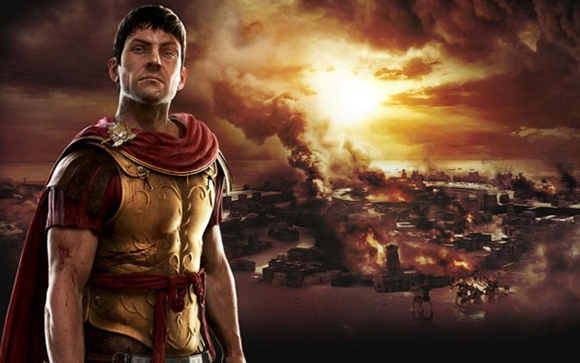
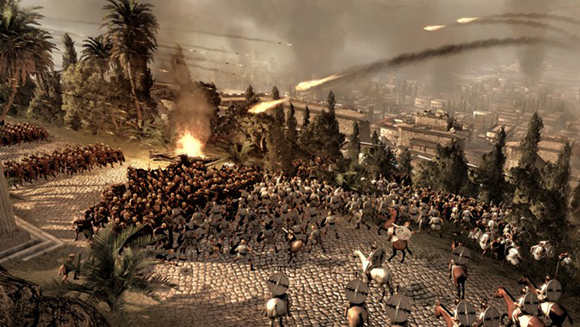
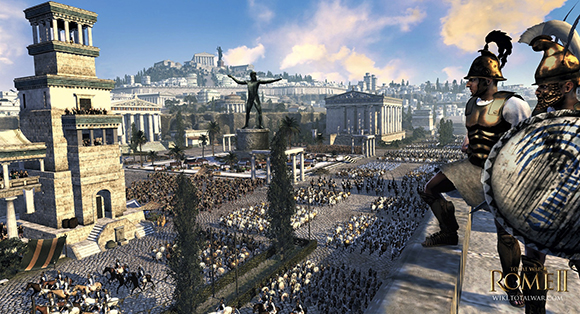
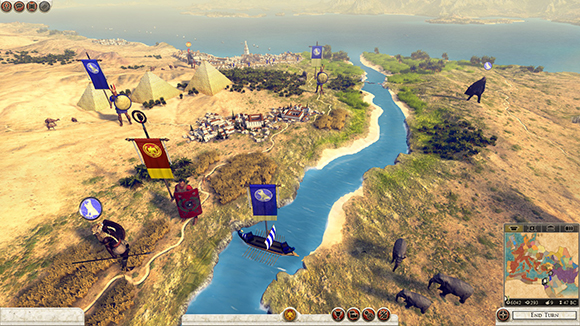
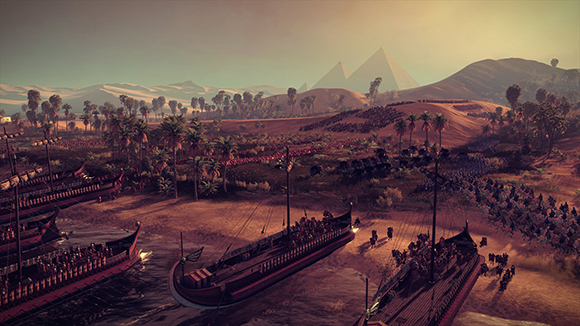
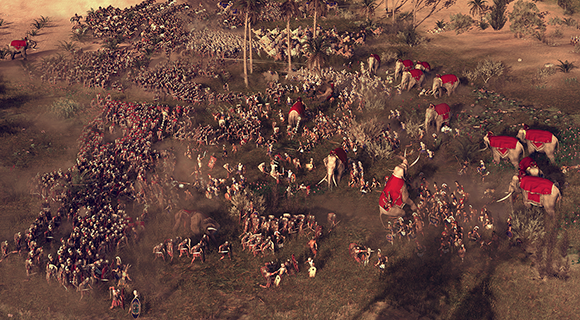




No Comments